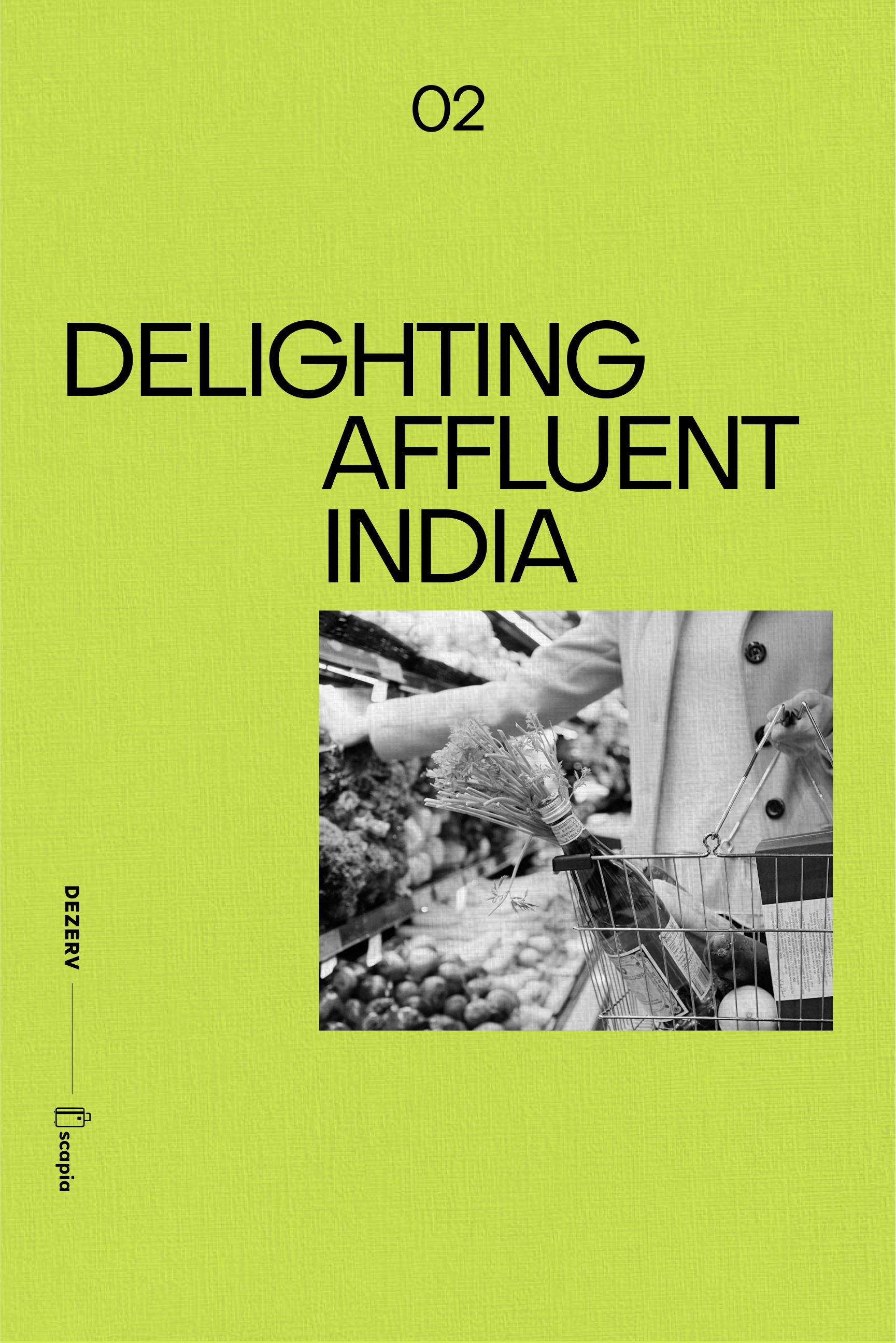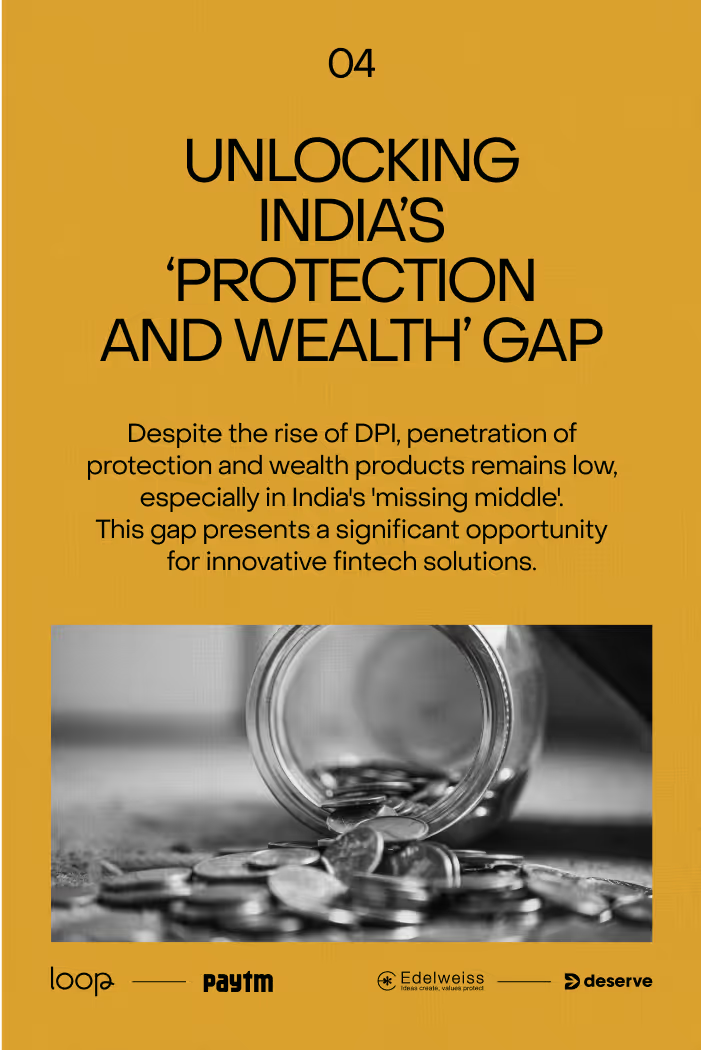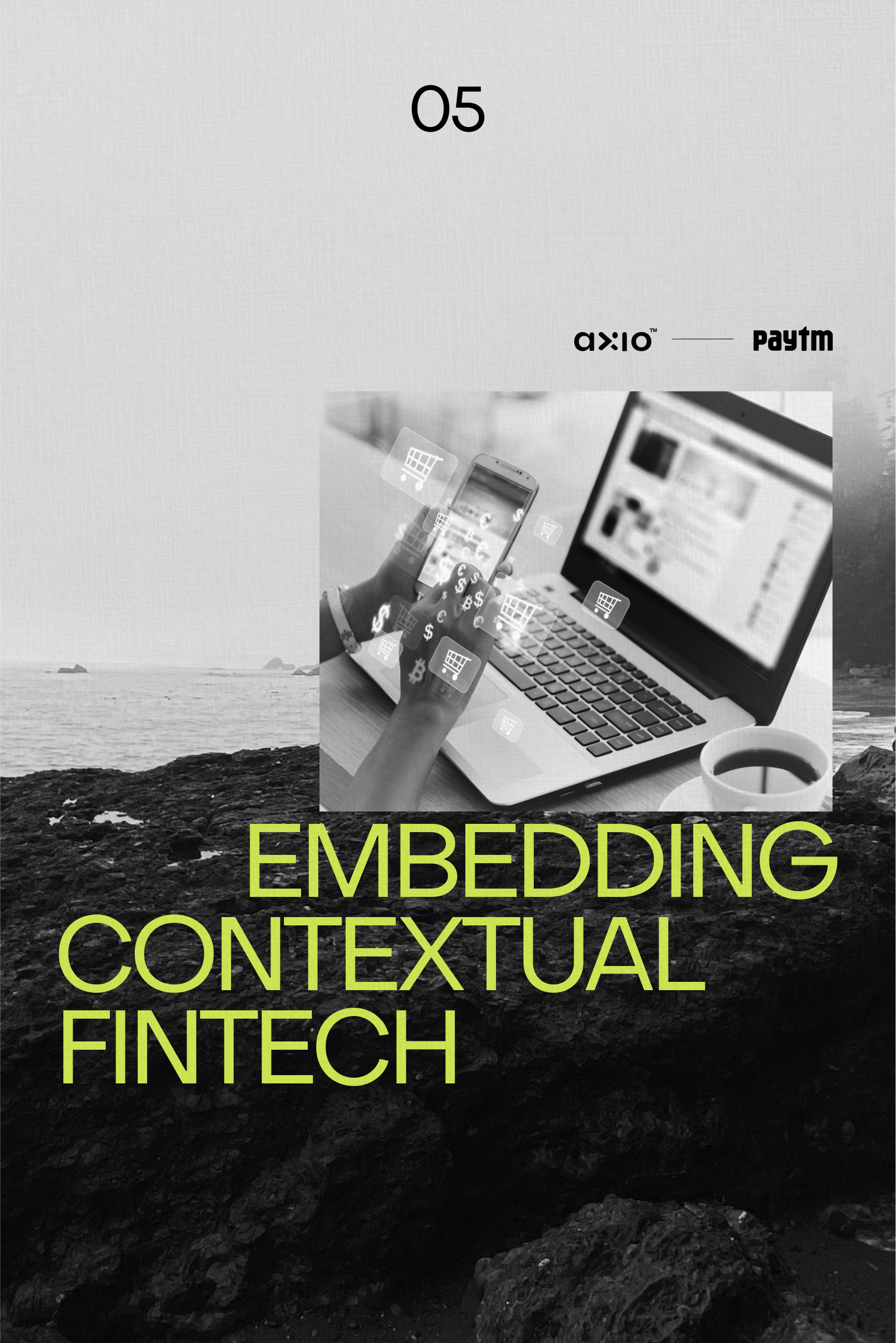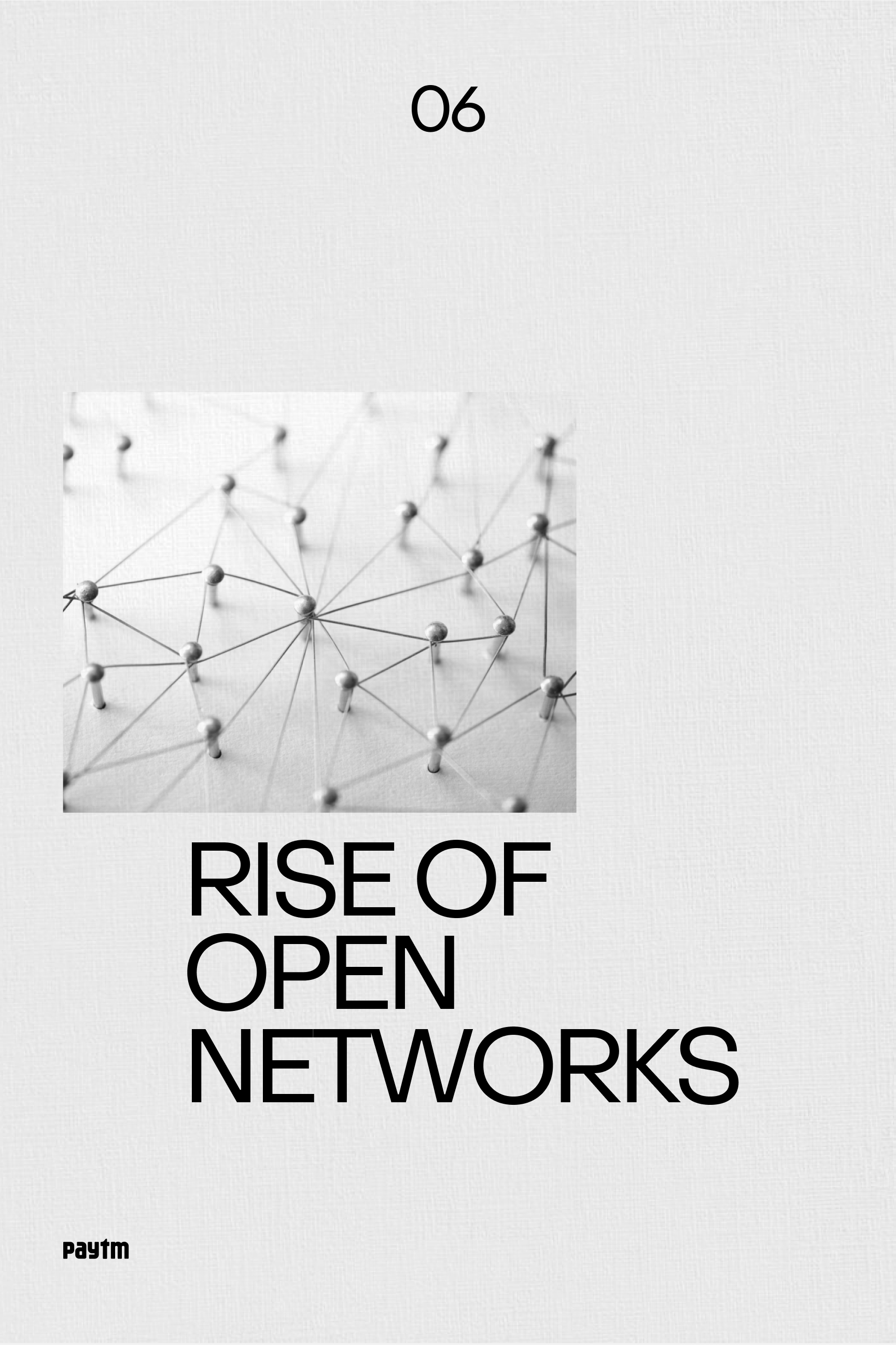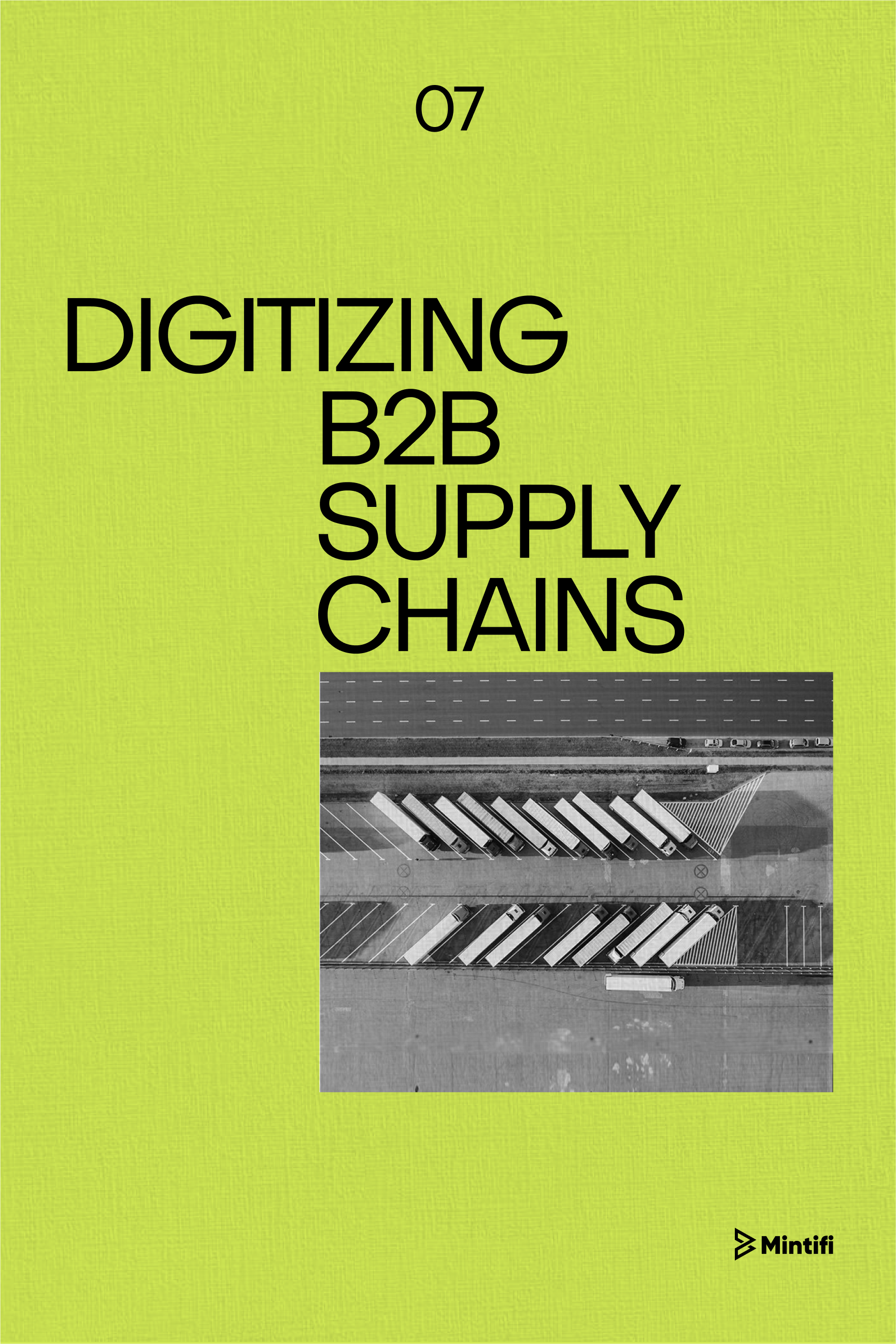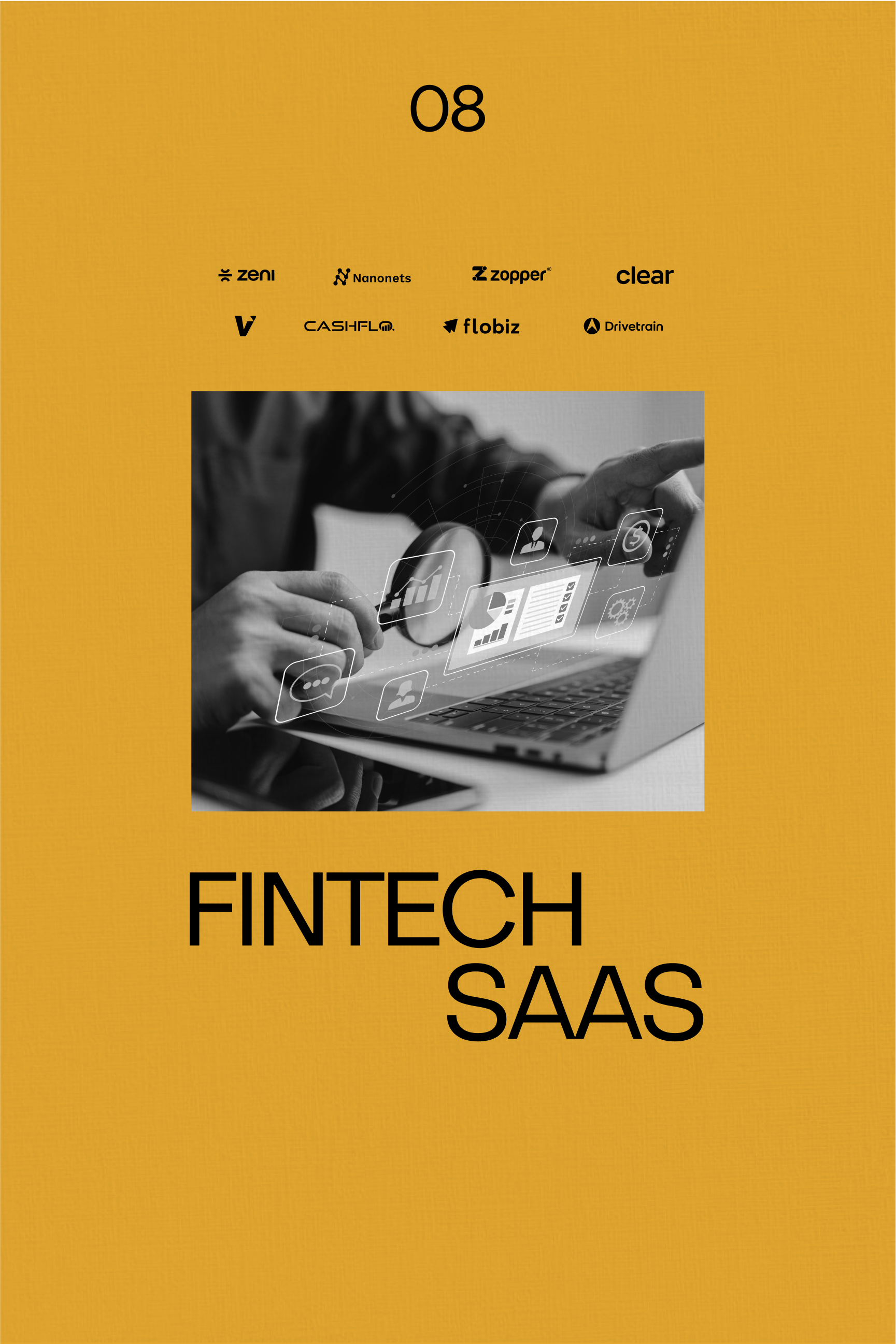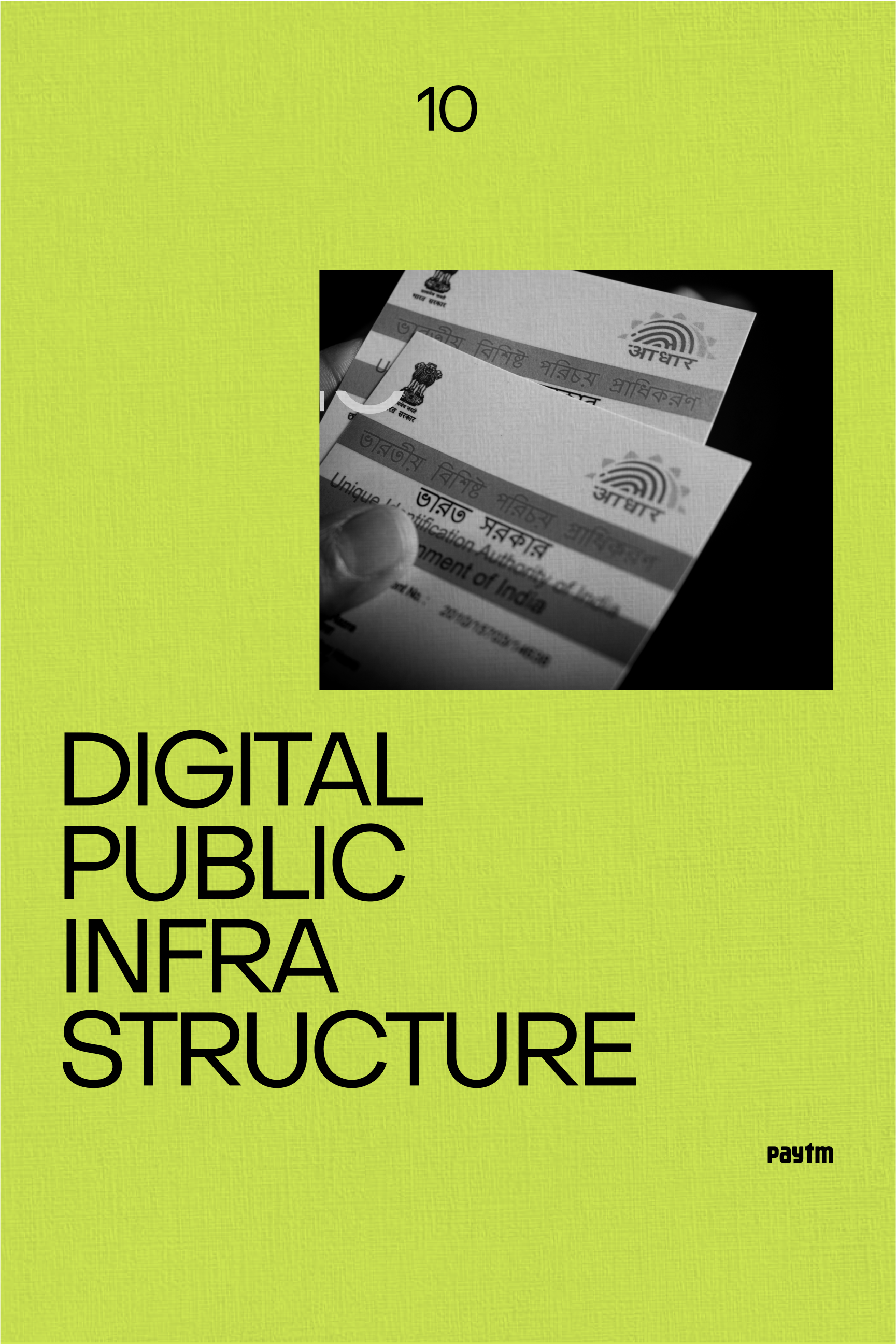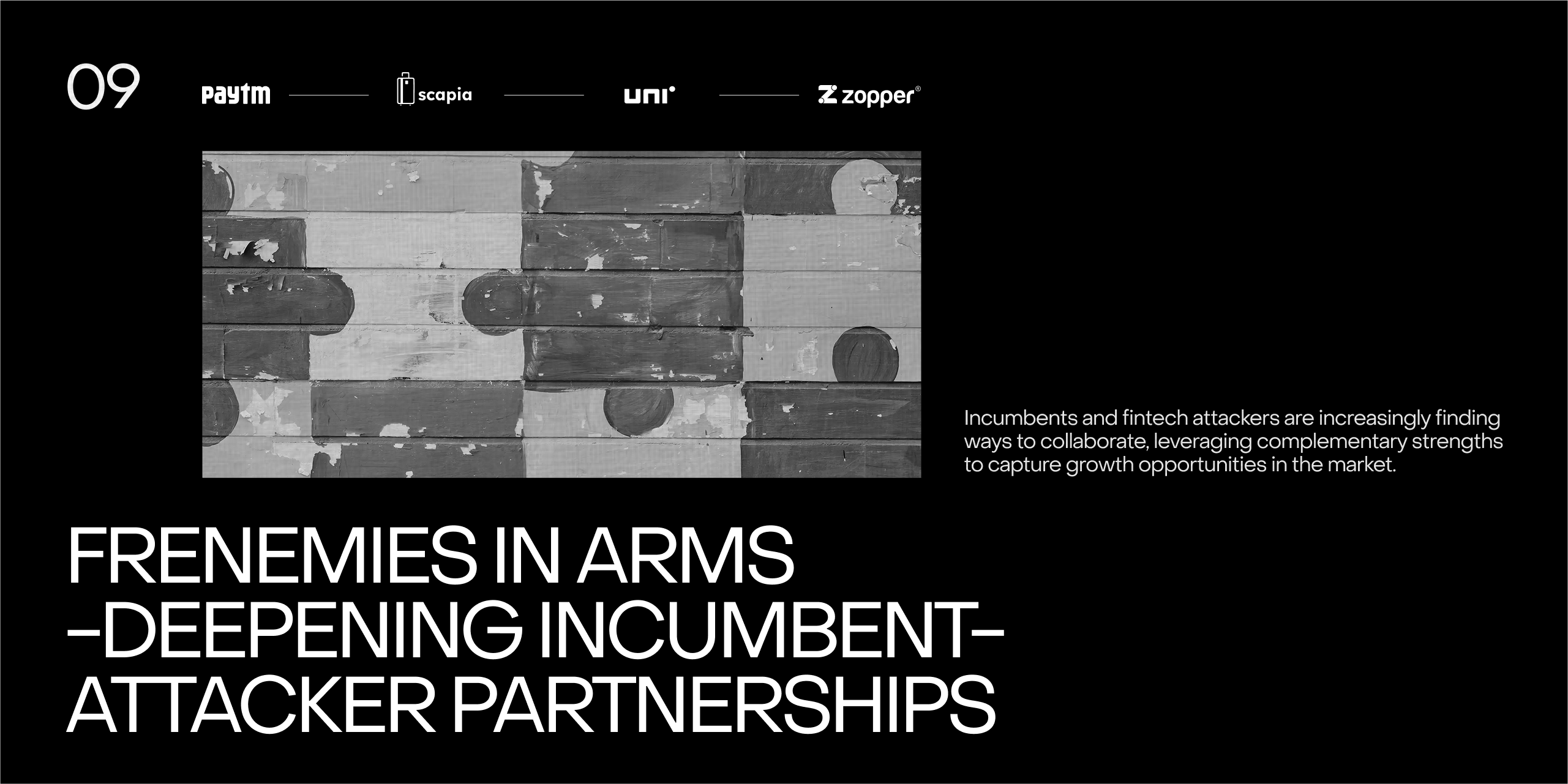
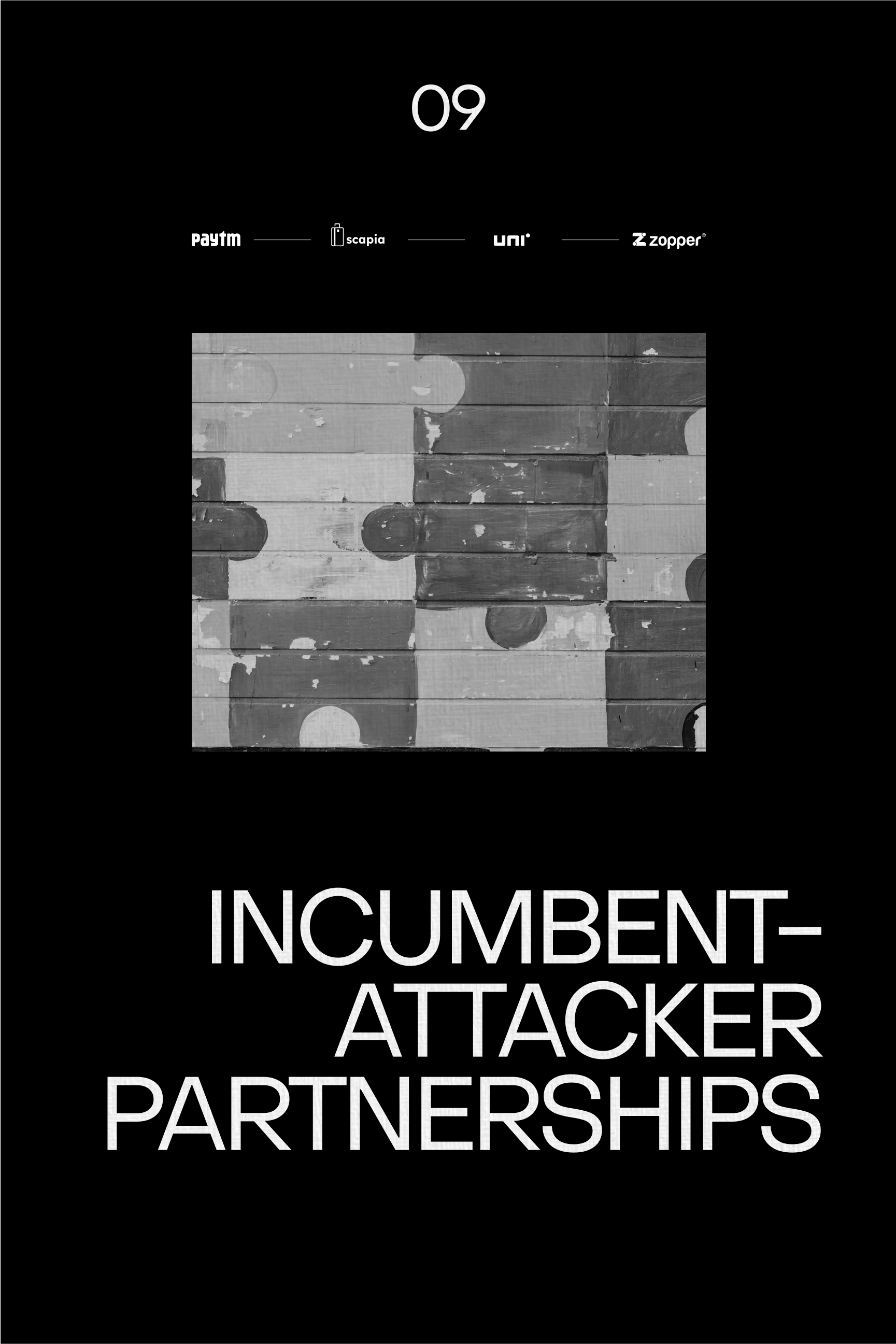
The relationship between incumbent financial institutions and fintech attackers is evolving from pure competition to strategic collaboration. This shift is driven by the large headroom for growth in the market, complementary strengths that each party brings, and increasing regulatory clarity. We've identified three potential modes of partnership between incumbents and attackers, each with at-scale examples: 1. Incumbent as a distributor of attackers' products 2. Attacker as a distributor of incumbents' products 3. Incumbent-attacker co-creation of products with joint go-to-market. Our research has uncovered four key success factors for scaling these partnerships, as well as several pitfalls to avoid. By leveraging these insights, both incumbents and attackers can create win-win scenarios that drive innovation and growth in the financial services sector.
The relationship between incumbent financial institutions and fintech attackers is evolving from pure competition to strategic collaboration. This shift is driven by the large headroom for growth in the market, complementary strengths that each party brings, and increasing regulatory clarity. We've identified three potential modes of partnership between incumbents and attackers, each with at-scale examples: 1. Incumbent as a distributor of attackers' products 2. Attacker as a distributor of incumbents' products 3. Incumbent-attacker co-creation of products with joint go-to-market. Our research has uncovered four key success factors for scaling these partnerships, as well as several pitfalls to avoid. By leveraging these insights, both incumbents and attackers can create win-win scenarios that drive innovation and growth in the financial services sector.


